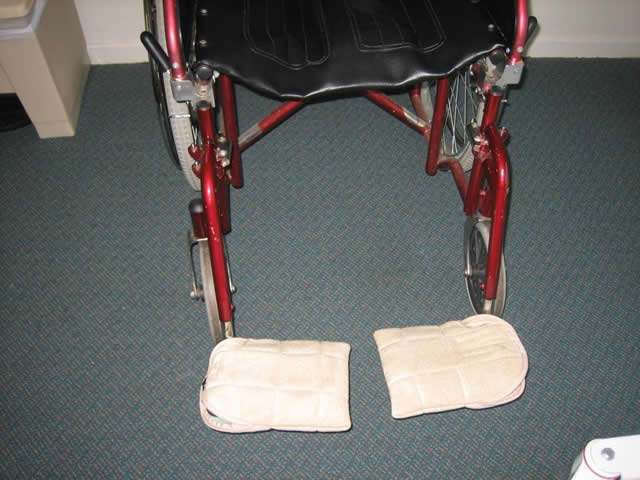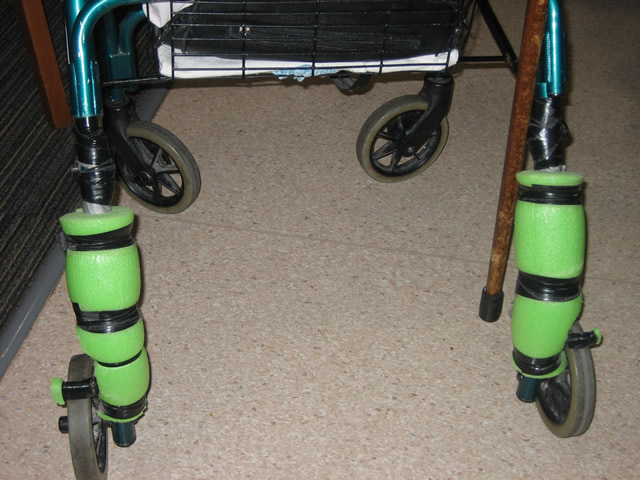Glossary
Links
Resources
2C: Prevention
Now that you have a better understanding of the principles of skin tear management, it is important to know how to reduce the risk of another skin tear occurring in the future.
Skin tear prevention strategies include the following:
| Strategy | Explanation |
| Assess and recognise risk | People with fragile, thin, bruised or discoloured skin are at a high risk for further skin tears. |
| Use extreme caution and a gentle touch | Many skin tears occur when performing normal daily activities such as bathing, dressing and transferring individuals at risk. Therefore, avoid wearing jewellery or watches. |
| Avoid direct contact with the skin | When transferring someone, use slide sheets where possible to reduce the risk of friction or shearing forces on the skin. |
| Protect fragile skin | If a person has fragile skin or has had repeated skin tears, encourage them to wear long sleeves and long trousers to protect their skin. |
| Apply a pH neutral moisturiser and/or barrier cream at least twice daily | This will help to prevent dry skin. |
| Use soap-free alternatives | Avoid using soaps and perfumed lotions as these can dry the skin. Instead use a pH neutral cleanser or moisturiser. |
| Avoid using adhesives | Adhesives may increase the risk of tearing the skin when they are removed. It is advisable to use a limb protector as an alternative. |
| Use protective padding on furniture and equipment | Pad bed rails, wheelchair arms and leg supports to reduce the risk of skin injuries. IMAGE - M2 10 Padded wheelchair supports IMAGE - M2 11 Padded wheelie walker |
| Ensure adequate lighting | A well-lit environment helps to reduce risk of people bumping into furniture, doors or equipment. |
| Provide continuing education | Help other staff members, clients and their family members understand the importance of identifying those at risk for skin tears, appropriate treatment and prevention strategies. |




